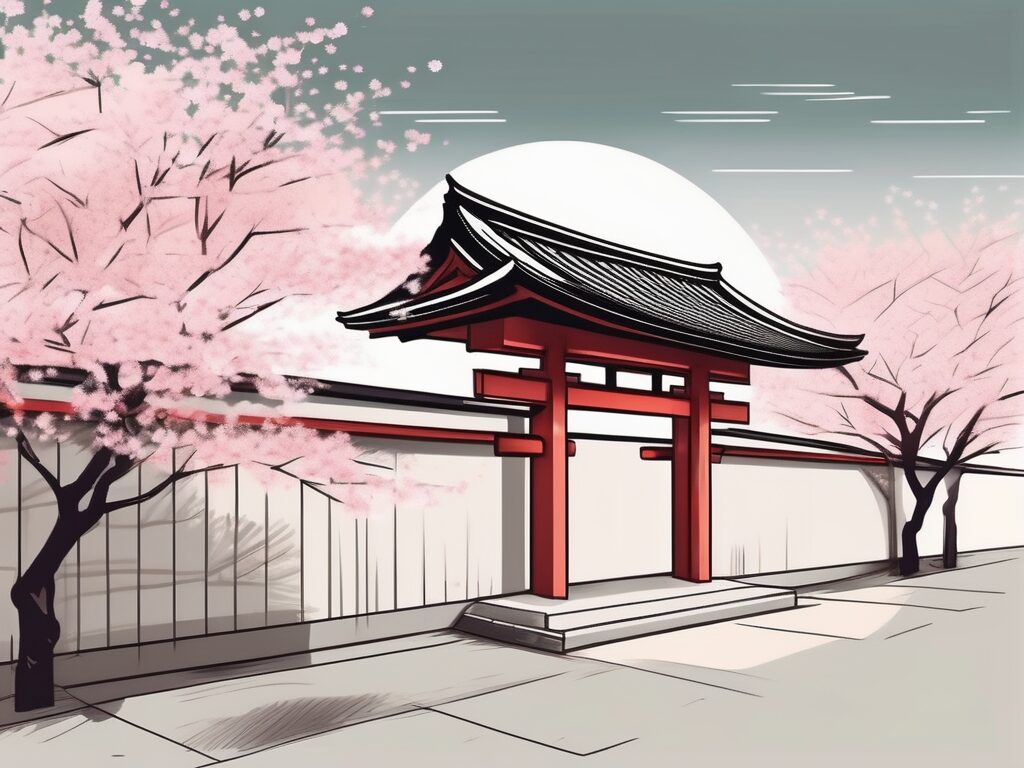Top Barriers to Education in Japan: Insights for 2025 and Beyond
Japan, renowned for its technological innovations and rich cultural legacy, boasts an education system that is frequently lauded on the global stage. However, it is imperative to recognize that this system faces several significant challenges. This guide aims to elucidate the barriers to education in Japan, examining the multifaceted factors that may impede access to and the quality of education in this East Asian nation.
Socio-Economic Influences
Income Inequality
A prominent barrier to education in Japan is the issue of income inequality. Despite its status as one of the wealthiest nations globally, Japan grapples with a notable child poverty rate. This economic disparity can severely restrict access to quality educational resources, as families with limited financial means may find it challenging to cover essential costs associated with schooling, including textbooks, uniforms, and extracurricular activities.
Additionally, the substantial expenses associated with private tutoring can exacerbate educational inequities. Families with higher incomes are better positioned to invest in supplementary educational resources, thereby affording their children a competitive edge over their less affluent counterparts.
Geographical Disparities
Regional disparities also play a critical role in educational access in Japan. Urban centers such as Tokyo and Osaka are home to a multitude of high-caliber educational institutions, whereas rural areas often lack comparable resources. This urban-rural divide can lead to significant discrepancies in educational opportunities, with students in rural locales potentially missing out on the advantages available in urban settings.
Moreover, the declining population in rural regions can result in school closures, further constraining educational opportunities for students in these areas.
Cultural Dynamics
Academic Pressure and Mental Health
The Japanese education system is characterized by its high academic standards and rigorous curriculum. While this focus can yield impressive educational outcomes, it also fosters a high-pressure environment that may induce significant stress among students. The intense competition surrounding university entrance examinations, colloquially referred to as ‘exam hell’, can lead to elevated levels of anxiety and mental health challenges.
Furthermore, the cultural emphasis on conformity within Japanese schools may inhibit creativity and individuality, potentially stunting both personal and academic development.
Bullying and Its Consequences
Bullying remains a pervasive issue within Japanese educational institutions. This challenge can have profound impacts on students’ mental health and academic performance, with severe cases leading to school avoidance or tragic outcomes such as suicide. Despite ongoing initiatives to address this issue, bullying continues to represent a significant barrier to educational success in Japan.
Structural Challenges
Teacher Shortages
Japan is currently experiencing a shortage of qualified teachers, particularly in critical subjects such as English and science. This deficit can result in larger class sizes, which may adversely affect the quality of education. Teachers may find it increasingly difficult to provide individualized attention to students, potentially hindering their academic progress.
Moreover, the demanding workload and associated stress of the teaching profession can lead to burnout, further exacerbating the existing teacher shortage.
Language Barriers for Non-Japanese Students
For non-Japanese students, language presents a significant obstacle to educational attainment in Japan. Although initiatives such as Japanese language classes have been implemented to support these students, such measures may not fully mitigate the challenges posed by language barriers.
Additionally, the lack of diversity within Japanese schools can complicate the integration process for non-Japanese students, potentially impacting their academic performance and overall educational experience.
In summary, while Japan’s education system possesses numerous strengths, it is also confronted with a variety of challenges. Addressing these barriers is essential to ensuring equitable access to quality education for all students in Japan. The complexity of this issue necessitates a comprehensive approach, akin to solving a multifaceted puzzle where each component must align to create an effective solution.
Empowering Educators to Overcome Barriers
As we navigate the intricate landscape of Japan’s educational challenges, it is evident that educators equipped with the appropriate qualifications and support can effect meaningful change. The International Postgraduate Certificate in Education (IPGCE) recognizes these barriers and offers a transformative solution. This program not only enhances professional qualifications—leading to a 50% increase in interview callbacks—but also provides a pathway for career advancement, with a 45% boost in promotion rates. By enrolling in the IPGCE, educators will connect with a global network of professionals, gain insights into international curricula, and enjoy the flexibility to balance work and study commitments. Do not allow barriers to impede your professional journey. Join the UK’s premier Teacher Training Course and position yourself as a catalyst for educational excellence in Japan and beyond.

